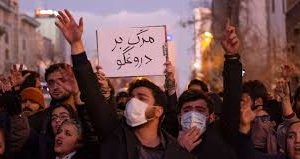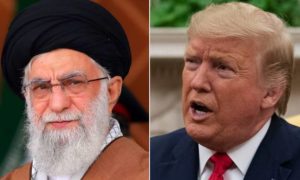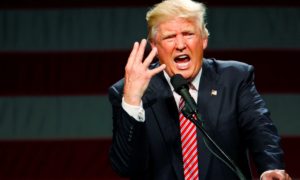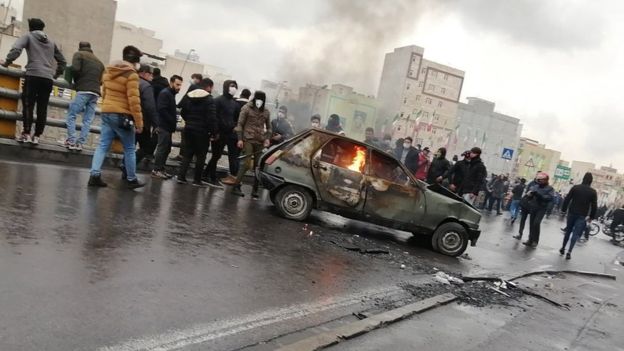
Unrest erupts in Iran as Government increases fuel price by 50% and limits the sale of fuel
In a latest development, trouble has erupted in the Islamic Republic of Iran, with 1 person reportedly dead, during overnight protests, following an announcement by Government to increase the prices of petrol by 50% and has put a capping on the sale of fuel.
The incident happened in the city of Srijan, as the Government faces the heat of crippling United States (U.S.) sanctions, over the now abandoned Joint Comprehensive Plan of Action (JCPOA) or Iran Nuclear deal.
Speaking on the occasion, the Acting Governor – Mohammad Mahmoudabadi said, “Security forces did not have permission to shoot and were only allowed to fire warning shots… which they did.”
He further added, “It was a calm gathering that was exploited by some who destroyed public property, damaged fuel stations and also wanted to access the oil company’s main fuel depots and set fire to them.”
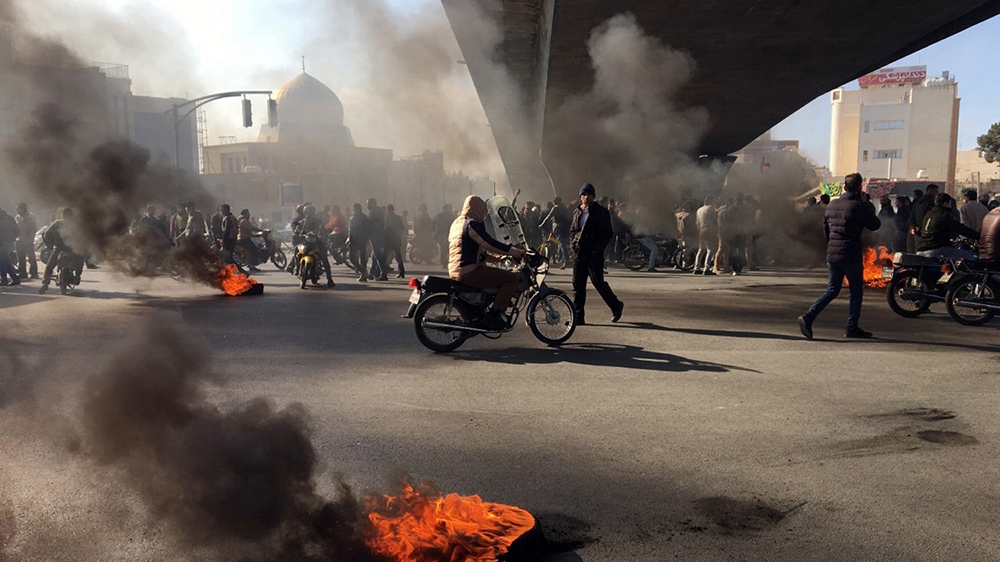
Sāzmān-e Basij-e Mostaz’afin, also known as Basij, who happens to be one of the 5 forces of Islamic Revolutionary Guard Corps (IRGC), were present to diffuse the efforts of the protestors. Separately, protests were also witnessed in the cities of Abadan, Ahvaz, Bandar Abbas, Birjand, Gachsaran, Khoramshahr, Mahshahr, Mashhad and Shiraz.
Expressing anguish, the protestors vandalised fuel stations, buildings and clashed with the riot police.
The agitated mob also set fire on the streets of Tehran and raised anti-Government slogans.
As per the Government’s announcement, petrol will now be rationed across the country using smart fuel cards. The fuel price has been raised by 50% to Iranian Rials 15,000 (U.S. $ 0.13 at open market rates) a litre. The private vehicles will now get only 60 litres (16 gallons) of fuel every month. If they want more fuel, they will have to pay additional Iranian Rials 30,000 (U.S. $ 0.26) a litre.

The move triggered fears of economic pressure across the country, which is forecasted to shrink by 9.5% this fiscal. The revenue earned from this initiative will be directed to fund subsidies of lower-income groups. People in middle- and low-income wages group have already been severely affected due to ongoing sanctions imposed on Iran.
The President of Iran – Hassan Rouhani said that 75% of Iranians are currently under pressure and the extra revenues from the petrol price hike would go to them and not the treasury.
The Plan and Budget Organization of Iran (PBO), formerly known as the Management and Planning Organization (MPO), will be distributing the subsidies to 18 million households, about 60 million people, in the form of monthly cash handouts.
A family of five or more will receive Rials 2.05 million (around U.S. $ 18). This is separate from Rials 445,000 (U.S. $ 3.90) that each household member is eligible to receive under Iran’s long-running monthly state cash subsidies plan.
For the records, the JCPOA deal was reached in Vienna on July 14, 2015, between Iran, the P5+1 (the 5 permanent members of the United Nations Security Council—China, France, Russia, U.K., U.S. – plus Germany) and European Union (E.U.). As per the agreement, Iran agreed to eliminate its stockpile of medium-enriched uranium, cut its stockpile of low-enriched uranium by 98%, and reduce by about 2/3rd the number of its gas centrifuges for 13 years. For the next 15 years Iran was required only to enrich uranium up to 3.67%.
However, things hit a low when U.S. abandoned the deal in 2018. In response to U.S.’s withdrawal, produced low-enriched uranium beyond the permissible limits of JCPOA. Besides, the Supreme Leader of Iran – Ayatollah Ali Khamenei has already said in a televised speech in November 2019 that Iran will not hold any talks with U.S., unless they remove all the sanctions.


